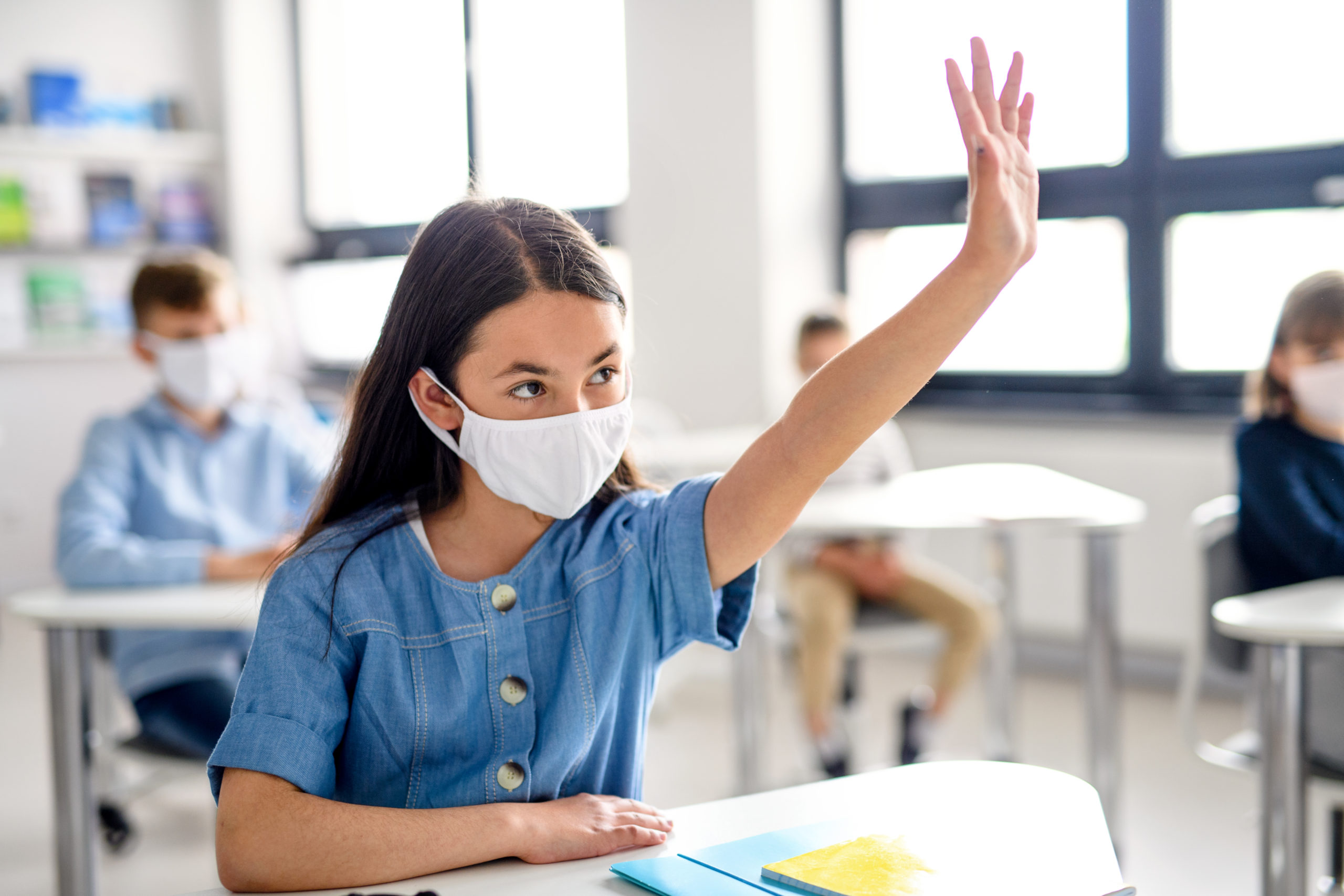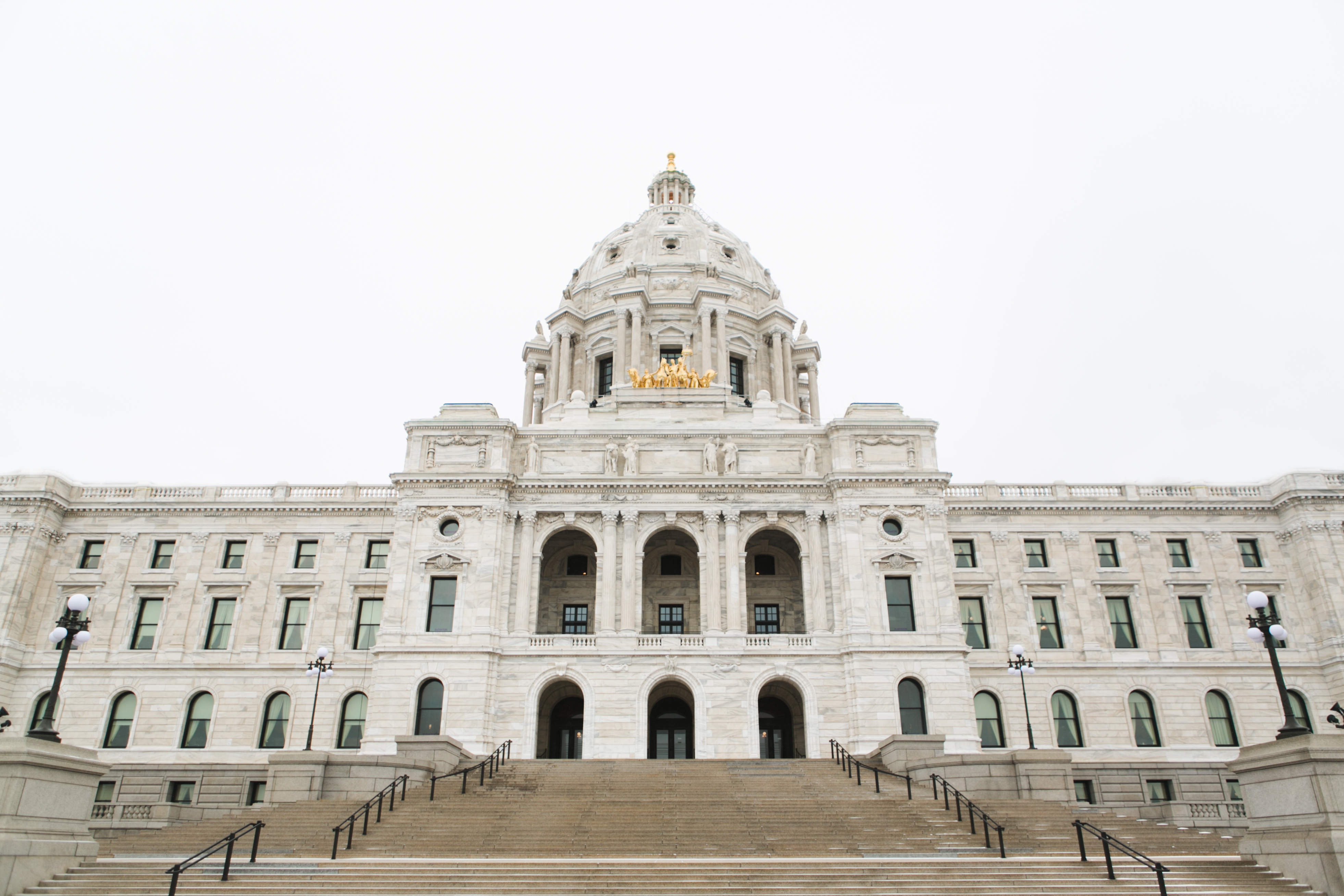Gov. Tim Walz announced Wednesday a focus for schools to allow elementary schools to transition back to in-person learning in January. Starting Jan. 18, Minnesota public schools can choose to begin a rolling start to implement in-person learning for all elementary students. Proper mitigation strategies will need to be in place.
How it works:
- Schools cannot have more than three grades resume in-person learning in a two-week period. For example, schools can have K-2 students return onsite Jan. 18 and then grades 3-5 return Feb. 1.
- Schools already learning in-person in elementary grades may continue.
- Schools that have already planned to transition to in-person before Jan. 18 and have articulated this to the public before today will be allowed to do so.
- School districts still have the option of delaying in-person learning if they so choose.
- Parents also can choose to not send their children to school if districts are in-person, but schools will not be required to provide childcare during the school day.
- Districts must use at least 2 planning days of their allotted 5 days to transition to a new learning model. If districts need additional days beyond the 5 allotted days, they may request it from the Minnesota Department of Education (MDE).
There is no change to middle or high school grades. School districts are required to continue in the model they are currently using for these grades. Middle and high school grades cannot go to a less restrictive model until after Jan. 18, unless it has already been articulated to the public.
“Vaccines have arrived and the light at the end of the tunnel is much brighter today than it was at the beginning of this four-week dial back,” Governor Walz said. “There is strong evidence we are starting to turn a corner thanks to the hard work of Minnesotans over the last few weeks to keep each other safe. But we aren’t out of the woods yet. This way forward will help bridge the gap to vaccination by continuing to protect hospital capacity while prioritizing getting our kids back in the classroom and supporting Minnesotans’ quality of life.”
With this change, school districts need not rely on county data to make decisions. Decisions will be made with the Incident Command Teams in place in schools districts and based on school and local data. Districts will update the state learning portal for each grade. View the executive order.
Sports
Gov. Walz also announced that all sports may begin to practice starting Jan. 4, regardless of what model the school is in. Districts must develop and implement a COVID-19 Preparedness Plan. These plans must be distributed and available for review by participants and their parents.
Next Steps
COVID-19 Testing
To return elementary students to school sites, the state is providing opportunities for all schools to receive enough self-administered saliva tests to test every employee once every 14 days for schools in hybrid or in person learning models. District nurses and staff will be trained on testing. Staff are not required to test. These tests are designed to identify asymptomatic staff members and help stop the spread of COVID-19.
Masks & Social Distancing
Staff members who are in contact with students will need to wear masks simultaneously with face shields while in school. Other standard protocols of hybrid learning already in place will still be in effect with social distancing being a priority. If the staff cannot maintain a distance of 6 feet from the students, a barrier is recommended.
MDE is requiring the following take place while elementary students return to school sites:
- Organize students by pods/cohorts
- Students eat in the classrooms
- Recess is allowed outdoors
- Masks and shield worn by staff
- Follow hybrid practices in place





